ROCKHOUNDING CALIFORNIA
Ever wanted to embark on a treasure hunt? Rockhounding might be the perfect hobby for you.
All across California, amateur geologists are scouring for ancient rocks, valuable minerals and world-famous gems. They call it rockhounding.
Thanks to its incredible geologic diversity, the Golden State is one of the best places in the world to rockhound. With a sharp eye and the right knowledge, anybody can do it. This guide will show you how.
Before you begin, keep these guidelines in mind:
1 Know who owns the land
The Bureau of Land Management and U.S. Forest Service own many rock collecting sites. The BLM has regulations for casual rock collecting, and you can check the forest service website to find their rockhounding rules for different areas. You should also make sure you’re not rockhounding on private property. Check with your local BLM office to get updated maps and land ownership information.
2 Be mindful of your surroundings
Watch out for wildlife, obey posted signs and don’t enter abandoned mines (they’re dangerous!).
3 Do your research and be prepared
Know the rock you’re after, the tools you’ll need, the area you’ll be entering and weather you may encounter.
4 Be considerate to the land
Follow leave no trace principles and don’t be greedy with your rock collecting; take only what you love and leave the rest.
Now that you know the rules for rockhounding, here's how to find six notable rocks and minerals.
Gold
Notes
There’s still gold in the Golden State. Though gone are the days when miners could pluck gold from the surface of the ground, gold flakes and nuggets can still be found in rivers and streams. All you need to start your search is a gold pan and, as always, awareness of local laws and land ownership.
Gold can be found throughout California, but Northern California has long been the best place to look. Try your luck searching in Marshall Gold Discovery State Park, where James W. Marshall's discovery in 1848 sparked the California Gold Rush. For locations closer to home, check out our map.
Tools
You'll need a gold pan, which some locations provide. Check with the site you're planning to visit.
Laws
Before heading out, research who owns the area where you’d like to pan. Both BLM and Forest Service own land where you can pan for gold, but laws can vary from place to place. It’s also illegal to pan for gold on private property that's been claimed by others. Your local BLM office can provide maps and give you updated claim information.
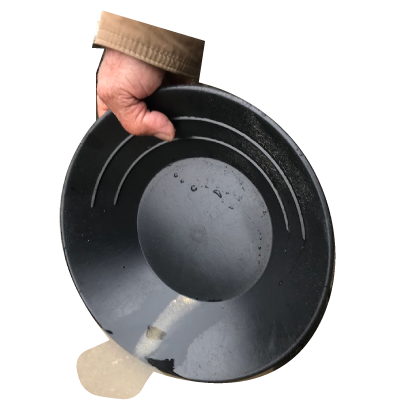
Gold panning in Julian, Calif. (Andrea Roberson)
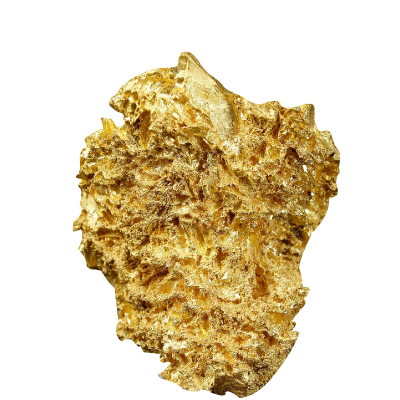
Gold from Tuolumne County, Calif. (Rob Lavinsky)
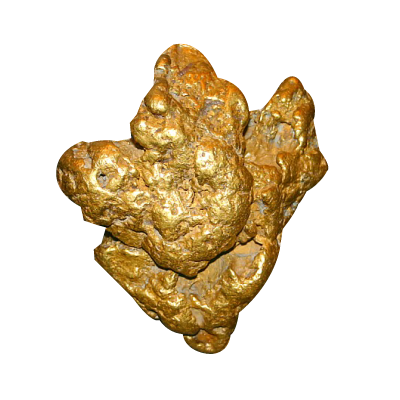
The Mojave nugget. The largest gold nugget ever found in California. It was found in 1977 in Kern County, California. (Reno Chris)
Tourmaline
Notes
After the Gold Rush, miners searching for gold in San Diego County came across another valuable mineral: tourmaline.
Tourmaline (tor·muh·leen) is a gemstone that occurs in every shade of the rainbow. Some tourmaline, like watermelon tourmaline, even have multiple colors within the same stone. Though the mineral’s color may change, the shape stays the same: a slender, elongated crystal with grooves on the side.
The easiest way to find gem-quality tourmaline is by visiting the tourmaline mines in San Diego County. There, you can sift through material removed from the mines in search of the colorful gemstone. You may even find the famous hot-pink tourmaline that the Dowager Empress of China loved.
Tools
Collecting bag
Laws
Pay attention to the rules of the mining sites, and don't trespass.
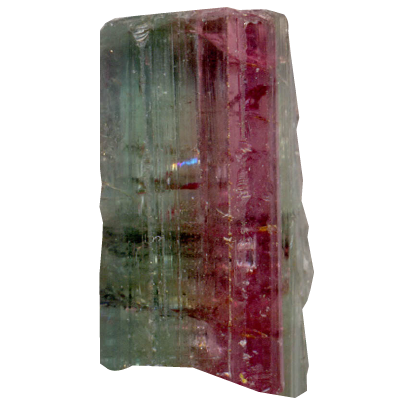
Watermelon tourmaline. (Adrian Pingstone)
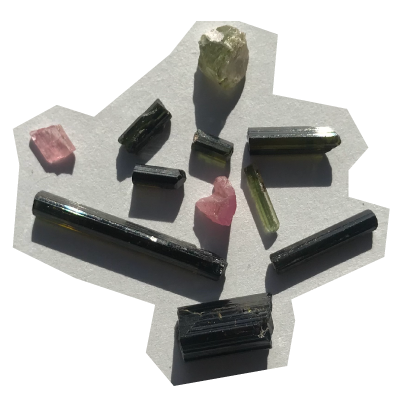
Pink, green, and black iron-rich tourmaline (called schorl), found at Pala Gems in San Diego County. (Andrea Roberson)
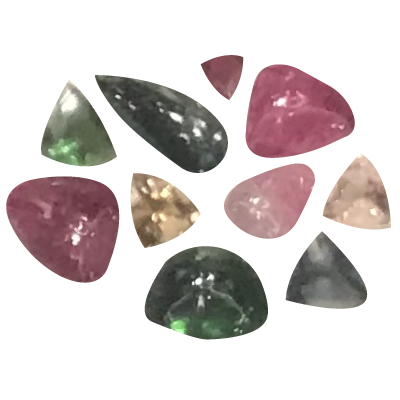
Polished and cut tourmaline. Tourmaline comes in all colors. (Andrea Roberson)
Where to find
Blueschist
Notes
Blueschist (blue·shist) is rare because it requires relatively unique conditions to form: low temperatures, high pressure and rocks rich in iron or magnesium.
One of the best places to collect blueschist is at Two Harbors Beach on Catalina Island. Look along the shoreline for the ocean-washed blue and green pebbles.
Much of the northwest half of the island is composed of blueschist, greenschist and amphibolite rocks. Be sure to only look though — most of Catalina Island does not allow rock collecting.
Tools
Collecting bag
Laws
On Catalina Island, limit your blueschist hunting to Two Harbor's beach. Much of the rest of the island is protected by a conservancy and rock collecting is not allowed.
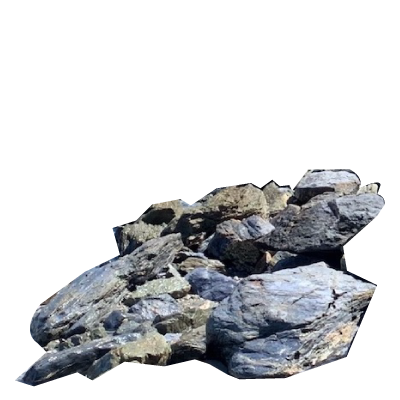
A blueschist outcropping in the Two Harbors area of Catalina Island. (An Yin)
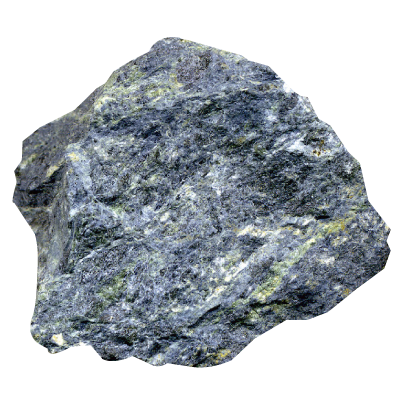
A blueschist sample from Jenner, Calif. (James St. John)
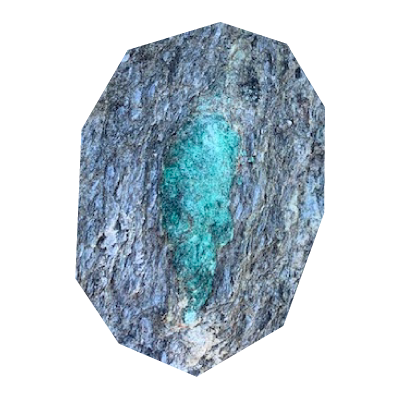
An example of blueschist containing fuchsite. (An Yin)
Where to find
Locations
If you love nature, support our journalism.
The Times is dedicated to covering everything about our city, whether taking a hard look at its past or at what's going on today. Get unlimited digital access. Already a subscriber? Your contribution helps us make projects like this possible. Thank you.
Benitoite
Notes
Benitoite, California’s official state gem, was discovered in 1906 by J.M. Couch in San Benito County. The deep blue crystal was originally thought to be a sapphire but was declared a new mineral in 1907 and named after the area where it was first found.
Benitoite (beh·nee·tow·ait) forms as crystals in areas with blueschist and serpentine. The crystals are often triangular and occur mostly in shades of blue, white and sometimes pink. The gem also fluoresces under ultraviolet light.
The only place where you can find gemstone-quality benitoite is the Benitoite Gem mine, a 90-minute drive southwest of Fresno. Search through dirt brought up from the mine and you might walk away with something good.
Tools
Bring a lunch and anything you’d like to have throughout the day. Tools will be provided for you.
Laws
Do not trespass in the mine, and be aware of the limit of material you can take home.
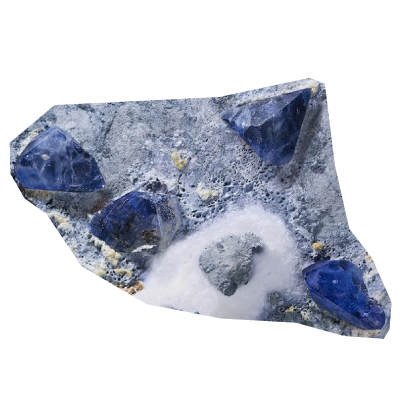
Benitoite found at the Dallas Gem Mine in San Benito County in California. (Didier Descouens)
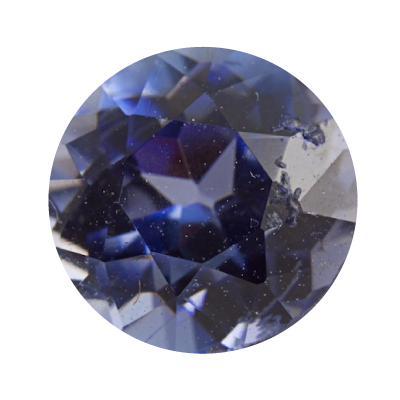
Blue benitoite faceted crystal mined in California. (Smithsonian National Museum of Natural History)
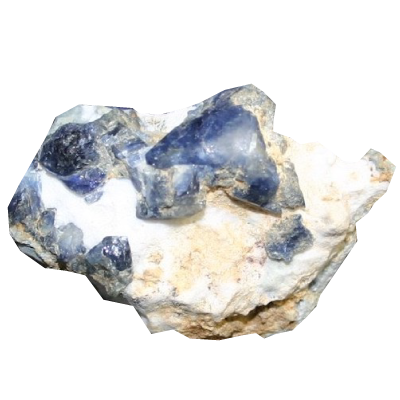
Blue benitoite crystals on white natrolite found at the Dallas Gem Mine in San Benito County in California. (Reno Chris)
Where to find
Locations
Anorthosite
Notes
Anorthosite (an·awr·thuh·sahyt) is most well-known for being the rock found on the brighter parts of the moon, known as the lunar highlands. Anorthosite results from melting of mantle rocks. The version of anorthosite found on the moon was formed from the Lunar Magma Ocean, a layer of molten rock present on the surface of the moon during the moon’s initial development.
The anorthosite that you can find in Southern California formed in a similar way. These rocks are 1.3 billion years old and were created by the molten portion of the Earth's mantle below the San Gabriel Mountains during that time.
Tools
Rock pick, collecting bag
Laws
Anorthosite can be found on some public lands northeast of Santa Clarita. Always check who owns the land you'll be rockhounding before embarking on your adventure. You can rockhound on most BLM land, provided it's not a wilderness area and that you obey their rockhounding laws. Contact your local BLM office for land information or maps.
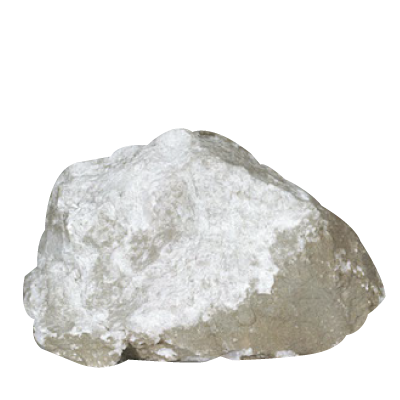
The Apollo 15 sample 15415, better known as the Genesis Rock. (NASA)
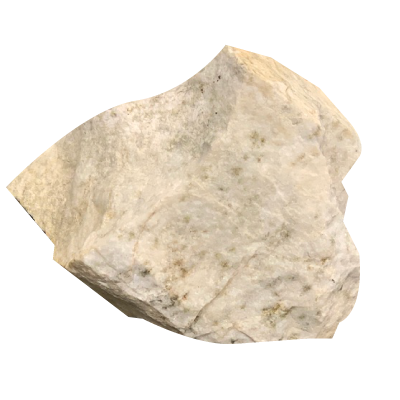
Anorthosite found off of Soledad Canyon Road in California. (An Yin)

Exposed San Gabriel anorthosite along a highway north of Pasadena. (Allan Treiman)
Where to find
Locations
Agate
Notes
Agate (ag·it) is abundant throughout Southern California and comes in a variety of colors and patterns. It is typically formed within volcanic and metamorphic rocks and consists of mostly chalcedony and quartz.
Agate is a hard mineral with a waxy surface. Though it can be difficult to identify because of the range of colors it comes in, agate is typically translucent and will allow light to pass through it.
The beach is a great place to find and collect agate. Beach agate is often smooth and may contain a banding pattern. On a sunny day, you may be able to distinguish beach agate from other stones by looking for the pebbles that seem to glow in the light. Agate found in other areas, such as the desert, is more likely to contain patterns like lace, moss or banding.
Tools
Collecting bag, rock pick
Laws
While Hermosa and Redondo beaches expressly prohibit rock collecting, other beaches in the area, like El Segundo, do not have specific rules on rock collecting. You should consult with the agency that owns the beach you wish to collect from. You can collect on land owned by BLM as long as you obey their rock collecting regulations. Contact your local BLM office to get updated maps and land ownership information.
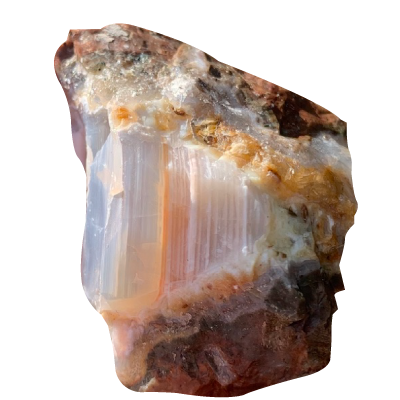
Banded agate residing inside a geode. (Casey Miller)
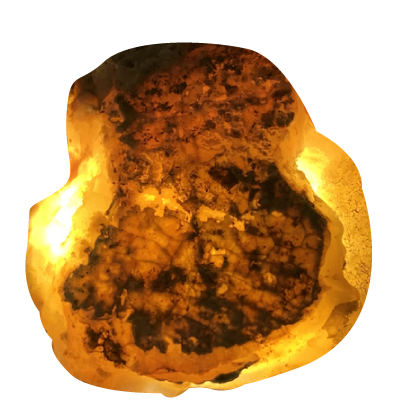
By shining a flashlight through a piece of agate, you can see that it is translucent. (Casey Miller)
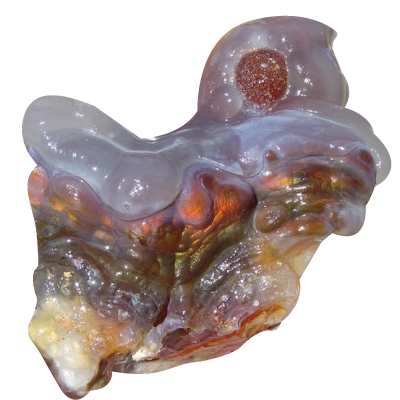
An example of fire agate. (Maricopa Mining LLC)